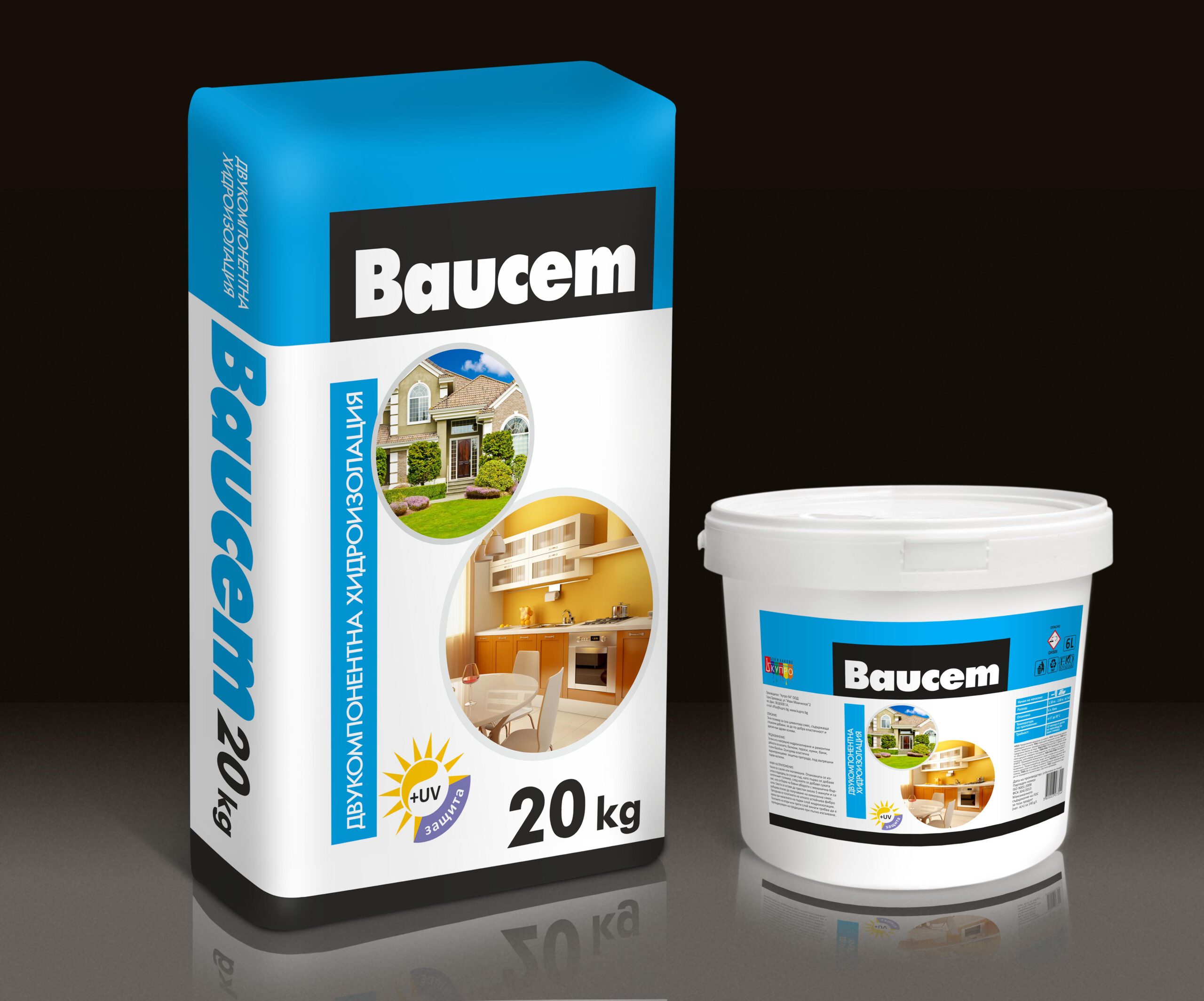Two-component waterproofing BAUCEM
Resilient waterproof protective for indoor flooring, bathrooms, showers, terraces, swimming pools, fountains; against moisture for retaining walls, plasters and joints.
10 in stock
Quantity per carton
12 product
Мinimum quantity
100 product
Quantities per pallet
60 product
Delivery time
14 days
Description
Elastic cement waterproofing consisting of two components: dry component and liquid acrylic dispersion.
It serves as an excellent solution for safeguarding concrete surfaces, cement plaster, and masonry against moisture. Additionally, it provides protection from the damaging effects of anti-icing salts and freezing-thawing processes. This versatile product creates a flexible waterproof barrier for internal flooring, bathrooms, showers, balconies, swimming pools, and fountains. It effectively coats and shields retaining walls, plaster, and joints from moisture. With its strong adhesive properties, it can be applied on various materials, including metals and wood. Its elasticity makes it suitable for use in new construction, where walls may not be fully cured and experience expansion and contraction.
Product handling and risks:
The adhesive contains Portland cement which is an eye, skin and respiratory irritant.
Work with protective clothing.
In case of eye contact, wash thoroughly with water and seek medical attention.
More information in the safety data sheet.
Store in dry areas, not permanently exposed to moisture, on wooden pallets.
Shelf life in original sealed containers – 12 months from date of manufacture.
Packaging:
Component A in 20 kg bags;
Component B in 6-liter tubes.
The application can be done using a brush, roller, or trowel. It is recommended to prime the surface with an acrylic-based product and apply an alkali-resistant fiberglass mesh before applying the first coat of waterproofing. When using a brush, the waterproofing is applied in two perpendicular coats.
Each subsequent coat should be applied after the previous one has completely dried. When using a trowel, the maximum thickness of each coat should be up to 3 mm. It is recommended to first adhere a waterproofing membrane in the corners of wet areas.
The substrate is prepared as follows: it is thoroughly cleaned of substances that may interfere with adhesion: grease, lubricating oils, paints, varnishes, water dispersion paints, etc. Irregularities in the substrate must be previously smoothed out by plastering. Uneven and unstable surfaces should be primed beforehand. Thoroughly wet the substrate with water, saturating it deeply. Before applying the prepared mixture, ensure that the surface is well dried.
Mixture preparation: The contents are poured into a suitable container, and the synthetic polymer is added first, followed by the dry mix, which is stirred at a slow speed with a mechanical mixer. The mixture is allowed to stand for about 5 minutes, and then stirred again until a homogeneous mixture is obtained. Avoid excessive air entrainment and do not mix the mixture by hand. The density of the insulation mix depends on the application method.
